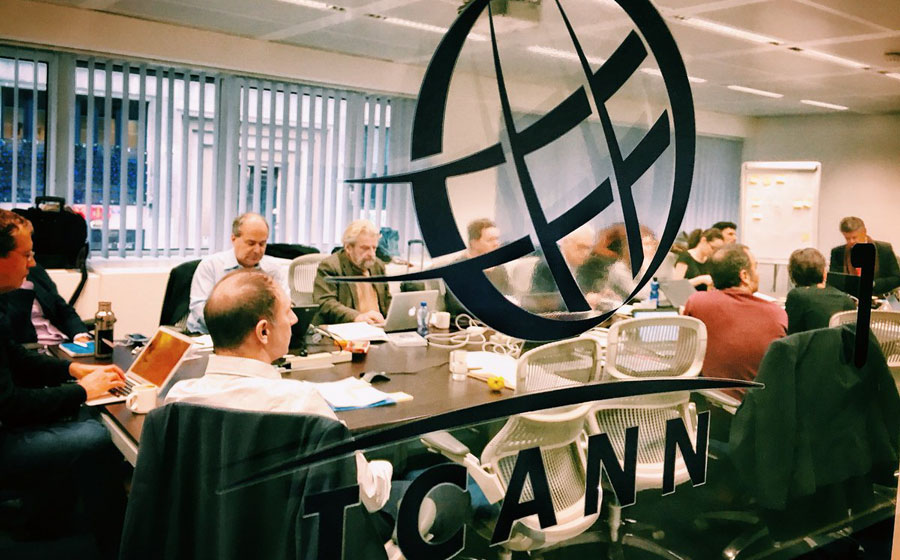Upcoming Price Hikes for All “.Com” Domain Names by Verisign Inc., – Increases As Much As 30 Percent – Spark Online Outrage Towards ICANN

WEST PALM BEACH, FL – When it comes to internet domain names, there are few that can stand up to the grand-daddy of them all – “.com” A top-level domain that was originally added in 1985, it’s the most widely-utilized domain in the world; as of Sept. 30, 2019, the .com domain name base totaled 144 million domain name registrations, and, according to recent reports, buying one may get more expensive in the near future.
Virginia-based Verisign Inc. operates a diverse array of network infrastructure, including two of the Internet’s thirteen root nameservers. The company serves as the single authoritative registry for the .com domain, among others. According to the Internet Commerce Association (ICA), a non-profit trade organization representing domain name investors, website developers and related companies, Verisign is planning on hiking their rates – for no reason other than profit, ICA alleges – by as much as 30 percent over the next four years.
Since Verisign is the only organization that supplies .com domain names at the wholesale level, the ICA notes, they have a virtual monopoly; they are the sole entity behind any transaction conducted by any domain registrar such as GoDaddy, or RegisterYourDomains.com, and a percentage of the fee you pay them – amounting to $7.85 – goes directly to Verisign when all is said and done.
That, combined with the fact that their costs of providing the infrastructure and management of each individual domain costs only $2.50 to $2.90 per year – and dropping – means that Verisign does not have a justifiable reason for their impending rate increase, ICA says. Already enjoying a vast profit margin on their product, ICA says, Verisign’s proposed .com rate increase will see prices jump from the current $7.85 to $10.26 after the four-year transition period is complete. In 2020, the initial rate jump will be 7 percent, and fees will continue to increase annually until they reach the 30 percent goal by 2023.
Verisign is entitled to a reasonable fee for running the registry on behalf of ICANN. Verisign currently charges $7.85 per .com domain name per year. The cost to operate the registry, after taking into account the expensive infrastructure necessary to provide reliable and secure operations and high overhead, has been estimated at $1.006 to $3.507 per domain name per year. If the proposed fee increases go into effect, by the end of the six-year agreement term, the fee for each .com domain name will increase to $10.29 per year, a 30% jump from current levels.
– INTERNET COMMERCE ASSOCIATION
Given the fact that there are currently 144 million .com domains, Verisign stands to increase their bottom line by hundreds of millions of dollars annually by this move.
Even without the rate increase, Verisign is a financial powerhouse. In figures released last year, in 2020 alone – without any adjustments due to the rate jump – Verisign reported that they expected to generate anywhere from $1.250 billion to $1.265 billion in revenue; that’s a handsome jump from their reported profits of $1.232 billion in 2019.
Even conservatively assuming that in six years’ time there are only 140 million .com domain name registrants, that increase of $2.44 per year, per domain name, would result in $341,000,000 more revenue for Verisign per year. Bear in mind, that without any price increase and as things already stand now, Verisign, has a market capitalization of nearly $25 billion dollars and had net income in 2017 of US $457 million on revenue of $1.14 billion. Making things even more remarkable is that Verisign enjoys an incredible operating margin of around 60%.
– INTERNET COMMERCE ASSOCIATION
Obviously, their 2020-2023 profits will be revised upwards once the rate increases are figured in. And once the increases are completed, there’s no guarantee that Verisign will not implement further increases afterwards.
To combat this rate hike, ICA is urging anyone with the potential to be affected to contact the Internet Corporation for Assigned Names and Numbers (ICANN), a non-profit organization responsible for management of Internet names and addresses. ICANN specifically chose Verisign as the root zone maintainer for the .com domain, entering into a new contract with them in 2016. ICA maintains that ICANN is supposed to act as an impartial entity that is motivated solely by the best interest of the public- therefore, they are calling upon the public to contact them and protest Verisign’s proposed rate increase during the currently-ongoing public comment period. If interested, you can do so by clicking here.
However, ICANN itself has been involved in its own fair share of controversy after announcing that they were removing the previously-low price caps on .org domain names in 2019, causing potential rate hikes for the domain name which is typically used by non-profits and charities. A similar outcry against ICANN’s actions took place, with ICA publicly condemning the move. In addition, it has been pointed out that the 2016 contract renewal that allowed Verisign to continue to oversee .com domains included an additional $20 million paid to ICANN over the next five years, which some have alleged amounts to a “payoff” to the non-profit organization, which is currently experiencing a budget shortfall. However, this is only an allegation and has not been verified.
Again, the rate hike currently open for public comment. Comments will be accepted until February 14th, 2020.



Comments are closed.